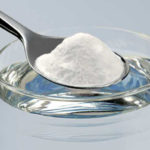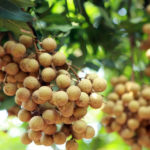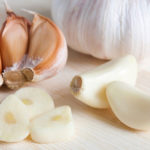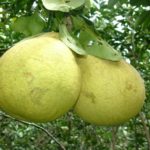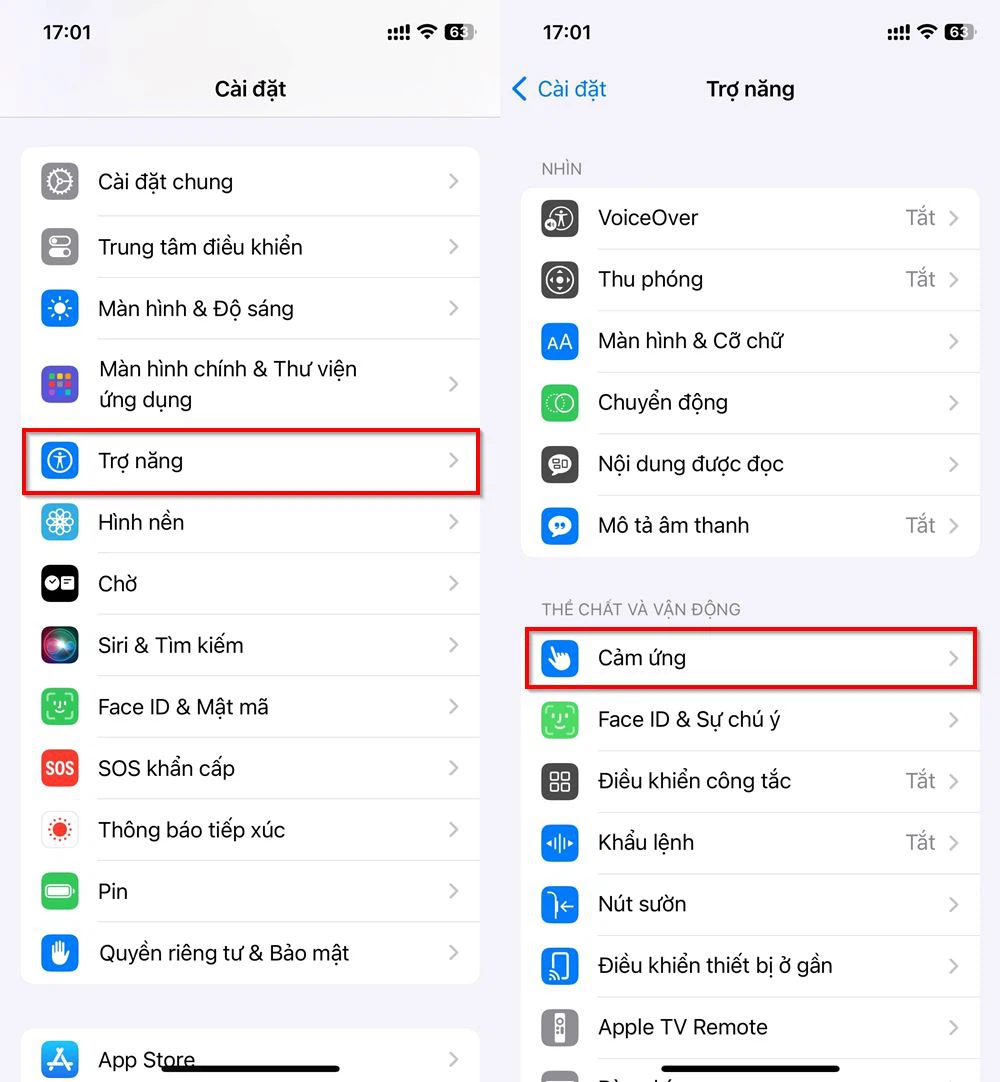During the early months of spring, oranges are plentiful and ready to be enjoyed. Drinking orange juice on rainy and humid days can also help boost immunity and prevent colds. That’s why many people have the habit of drinking orange juice daily.
Among the various types of oranges, the tangerine orange is highly favored for its large juicy fruit and delicious juice.
Tips for choosing tasty tangerine oranges:
Observe the peel carefully: The peel of a juicy tangerine orange should be thin and not thick and puffy. Tangerine oranges with thick and puffy peels indicate that they have been stored for a long time and have lost their moisture. The ideal tangerine orange peel should have a mixture of yellow and green spots, with a more dominant golden hue. The peel of a good tangerine orange should be slightly rough, but not excessively so. When observing the peel, pay attention to the stem end of the fruit. A thick and slightly raised stem indicates a sweeter fruit. Flip the fruit over and check the bottom; it should have a slightly golden ivory color, indicating natural ripeness. If both ends of the fruit are completely yellow, it is usually artificially ripened rather than naturally ripe. Avoid fruits with a yellow stem and no cap, as they may be infested or have been stored for too long.
The overall appearance of a fresh and delicious tangerine orange is a bright peel with no dark spots and not excessively rough.
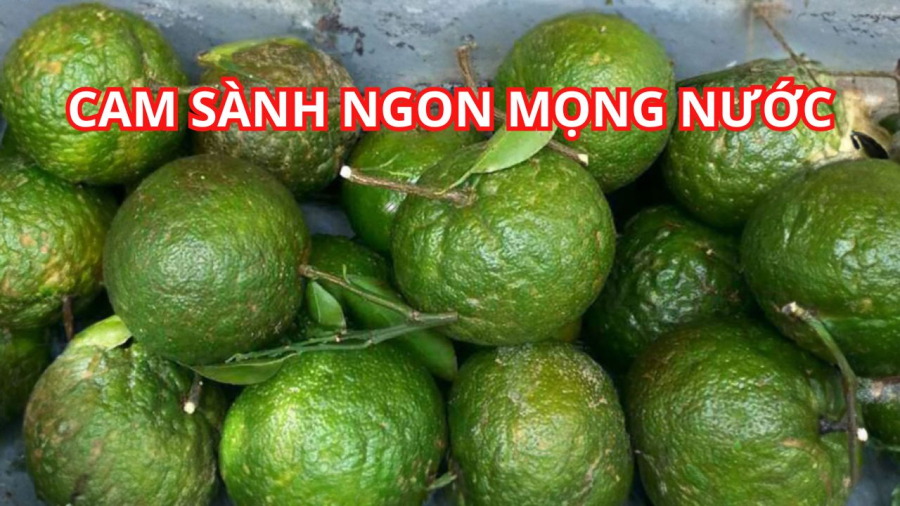
When buying tangerine oranges, pay attention to the stem
Estimate the weight by holding it in your hand: When selecting tangerine oranges, hold them in your hand and raise and lower them to feel their weight. A tangerine orange that is large but feels light or has a loose and baggy peel should not be purchased. Gently press the fruit; if it feels slightly soft and not too firm, it contains more juice. Avoid tangerine oranges that are either too large or too small. A large tangerine orange that feels light when held is likely to be dry and empty. On the other hand, tangerine oranges that are too small are usually prematurely harvested or infested, so they should be avoided.
Observe the shape: A tasty tangerine orange should have a round and uniform shape without any irregularities, deformities, or uneven sizes. When selecting, pay attention to the presence of leaves and a firm stem attached to the fruit, as those indicate freshness. You can also lightly shake the stem; if it is firmly attached to the fruit, it is fresh and tasty, but if it falls off easily or is loose, it has been stored for a long time.

Tasty tangerine oranges with juicy fruit and smooth peels
It is also important to note that eating oranges according to the season ensures better safety. The peak season for tangerine oranges is from the end of the year to the beginning of the year. During other months, the oranges available are either off-season or have been stored for a long time, making them prone to dryness.
Tangerine oranges are rich in vitamins and fiber. Take advantage of the affordable prices during the peak season to incorporate more oranges into your family’s diet. If you want to store tangerine oranges for a longer period, you can dry them, place them in a box with dry sand, or cut off the stems and dip them in lime. If you choose to refrigerate them, wrap the fruits tightly in plastic wrap to keep them fresh and retain their juices for a longer time.
How to Effectively Treat Fishbone Issues at Home
Everyone loves feasting on the deliciousness of fish during the holidays. But, unfortunately, choking on fish bones is an unavoidable issue that may lead to devastating consequences if left unattended for a prolonged period. Let’s see how Dien May Xanh can help us out when fish bones get stuck in our throat.

























